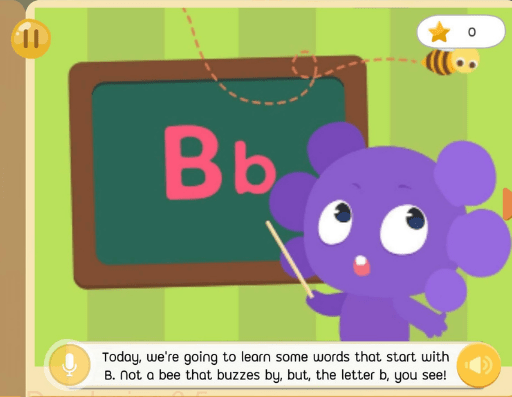When embarking on the journey of learning Chinese, one of the first questions that might pop up is: what is the difference between simplified and traditional Chinese? This curiosity leads to a deeper understanding of not just the language’s aesthetics but also its cultural and historical tapestry.
The Evolution from Traditional Chinese to Simplified Chinese
Why Is There Traditional and Simplified Chinese?
The history of Chinese characters spans thousands of years, with the traditional forms being used for the vast majority of that time. Traditional Chinese characters and simplified Chinese characters represent two systems used in the Sinosphere today. The simplified system, introduced by the People’s Republic of China in the 1950s, was aimed at increasing literacy by simplifying the most complex characters. This leads to an interesting dynamic: is traditional or simplified Chinese more common? While simplified characters are predominant in mainland China and Singapore, traditional characters are still in use in Taiwan, Hong Hong, and Macau.
Simplified vs Traditional Mandarin: Understanding the Differences
Traditional and Simplified Chinese Characters
When examining traditional and simplified Chinese characters, one can see how the reduction in strokes aims for efficiency in writing. For example, the word “love” in traditional Chinese is 愛, while in simplified Chinese, it is 爱, with the heart (心) component removed.
Does Taiwan Use Traditional or Simplified Chinese?
Taiwan primarily uses traditional Chinese characters, preserving the intricate beauty of the writing system. This preference resonates in other regions like Hong Kong and Macau, emphasizing regional differences within the Chinese-speaking world.
The Impact on Learning Chinese and Communication
Do Simplified and Traditional Chinese Sound the Same?
Despite the visual differences, simplified and traditional Chinese characters sound the same when spoken. This linguistic attribute facilitates understanding across different regions, although the written form might differ.
Mandarin Simplified vs Traditional Chinese: Which Should You Learn?
Deciding whether to learn Mandarin simplified vs traditional characters typically depends on one’s linguistic goals, regional focus, and cultural interests. Simplify your learning path by considering where you intend to use the language most.
A Rich Tapestry of Written Expression
The journey between traditional and simplified Chinese characters encompasses more than just learning a language—it’s an exploration of culture, history, and societal developments. Whether diving into traditional Chinese characters and simplified systems or navigating between simplified vs traditional Mandarin, learners open themselves to a rich world of heritage and expression. As for the question of what is Chinese simplified and traditional, the answer lies not just in the number of strokes or the complexity of characters but in understanding the diversity they represent within the tapestry of Chinese culture and communication.
If your child is showing an interest in Mandarin Chinese or you’re looking for a fun way to boost their Mandarin Chinese skills, Galaxy Kids is the perfect place to start! Aimed at kids ages 3-8, Galaxy Kids for Chinese makes Mandarin learning fun and effective with animated AI characters, speech recognition, real-time interactions with live teachers, and a collection of interactive tools. Whether it’s through engaging stories, playful songs, interactive games, or educational flashcards, your child will be captivated at every step of their Mandarin learning adventure.



